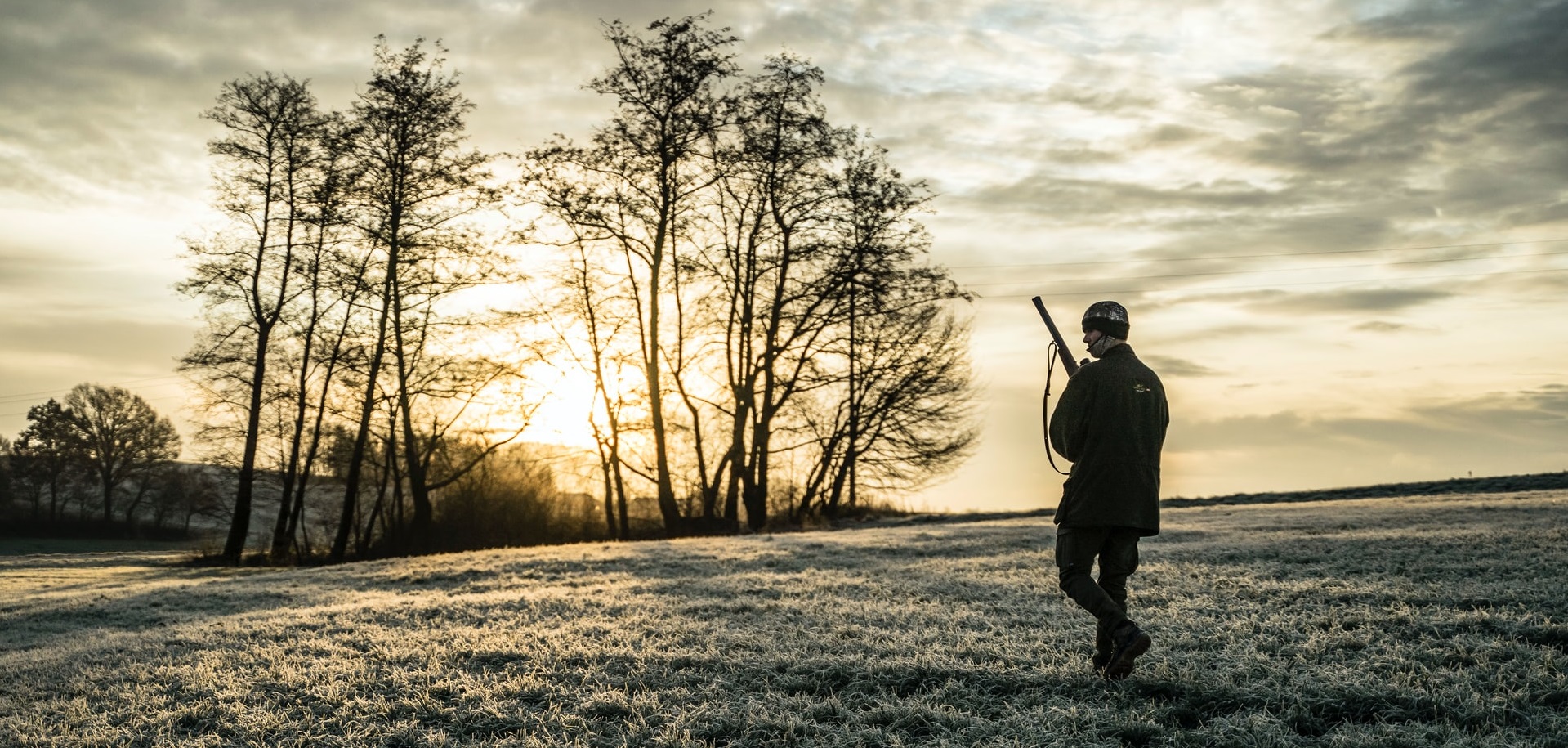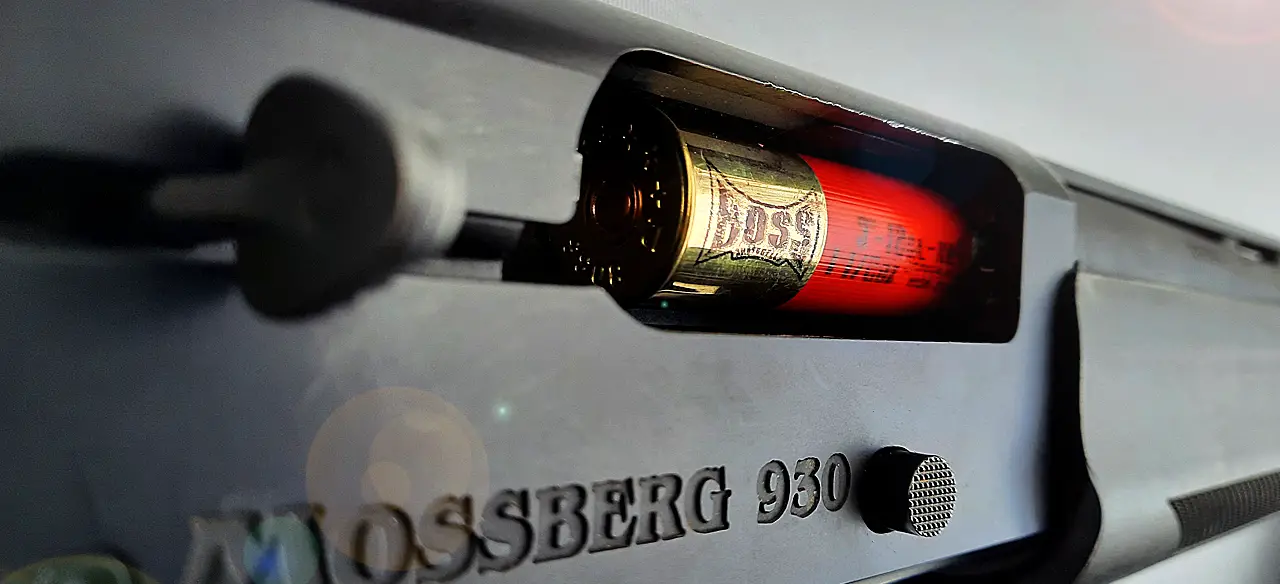It is more exciting to hunt turkeys early when they are most vocal, but you can have just as much success later in the day. On this episode I talk both about the reasons and strategies to never give up on a turkey hunt.
Take Aways
- A turkey’s morning tends to be cyclical, and if you understand the cycle, you can kill them even later on even if they don’t gobble.
- You have turkey hunters, and you have turkey killers. The biggest difference is not experience or skill, it is mindset.
- If you hunt with other people, you want them to match your goals and level of enthusiasm.
- Turkeys can be completely silent and still come in. You need to always be alert.
- Your odds are better when hunting around sign than with the unknown. Don’t be quick to abandon a good spot.
- If you are in the woods you always have a chance, if you are hunting near sign you have a better chance, and if you are stealthy and still, you have the best chance.
- Listen to the episode to hear the reasons and strategies for hunting after the birds quiet down.



